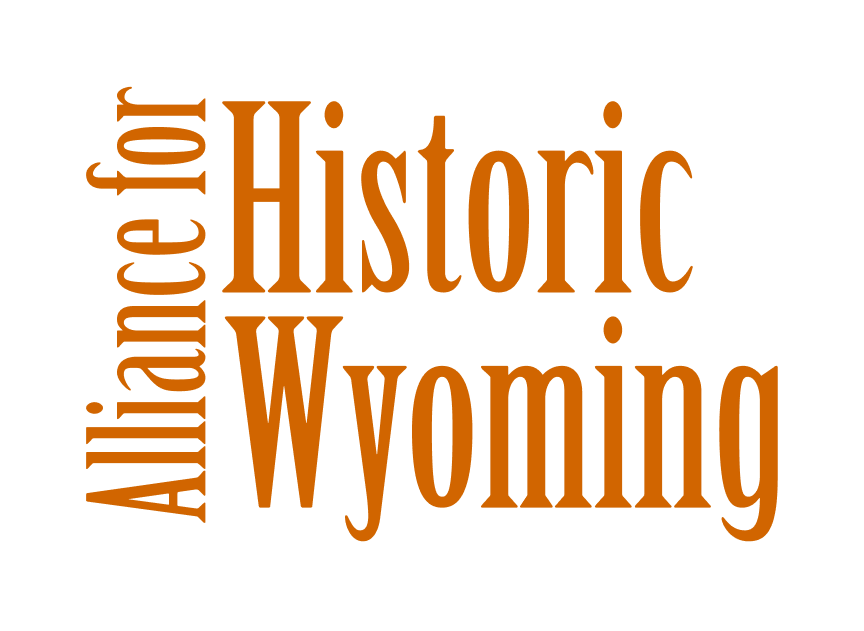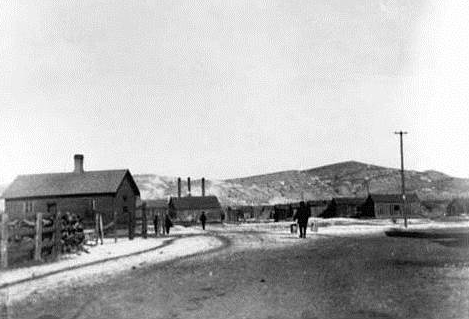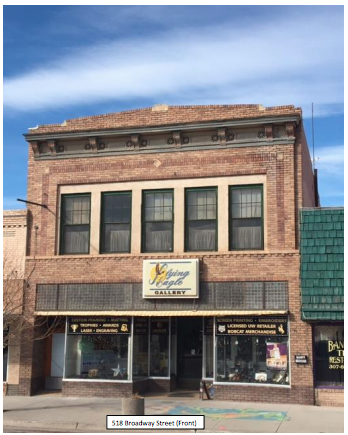 The community of Chinese workers were attacked in the Rock Springs Massacre, due to a mixture of economic and cultural differences that started to create tension between Chinese and white workers within the area. In 1885, a mob of about 150 people descended on the Rock Springs Chinese population and murdered a large number of them out of anger. The number of Chinese workers who died on that day is still unknown.[3] The violence effectively resulted in the end of Chinatown within the city of Rock Springs. After killing the residents, the mob burned down the houses and buildings.
The community of Chinese workers were attacked in the Rock Springs Massacre, due to a mixture of economic and cultural differences that started to create tension between Chinese and white workers within the area. In 1885, a mob of about 150 people descended on the Rock Springs Chinese population and murdered a large number of them out of anger. The number of Chinese workers who died on that day is still unknown.[3] The violence effectively resulted in the end of Chinatown within the city of Rock Springs. After killing the residents, the mob burned down the houses and buildings.
There are still remnants of this community, such as Ahsay Avenue, which was named after a Chinese leader who attempted after the massacre to obtain railroad tickets and back pay for the surviving miners. According to Bob Nelson, director of the Rock Springs History Museum, there is a chance that one of the houses from Chinatown survived the fire. He believes that one house still remains in Rock Springs, though the exterior has been updated significantly compared to the buildings that existed in the area.[4]
Although the buildings no longer exist, their histories still remain in Rock Springs and are significant to the state of Wyoming. With the preservation of the community’s history, we can still look back and see the experience of Chinatown in Rock Springs, a place that provided support and a sense of community for Chinese migrants who needed space to share their common cultural heritage with other migrants who had come to a new place in search of work.
[1] Mary Humstone, “Community Treasure of Rock Springs” (2005) Community Treasures of Green River and Rock Springs, http://repository.uwyo.edu/comm_treas_grrs/2.
[2] http://www.wyohistory.org/field-trips/chinatown-rock-springs
[3] http://www.wyohistory.org/encyclopedia/rock-springs-massacre
[4] https://www.noplaceproject.com/rock-springs3
LIKE WHAT YOU JUST READ?
- Browse our archive of Historic Places and Spaces Profiles by clicking here.
- To learn about all of our campaigns and initiatives, click here.
- Subscribe to our newsletter to learn more about what’s going on in Wyoming.
- Donate or become a member to help us produce stories, organize events, and be a voice for preservation across the state.
- Like us on Facebook, and follow us on Twitter and Instagram to see our latest updates!






